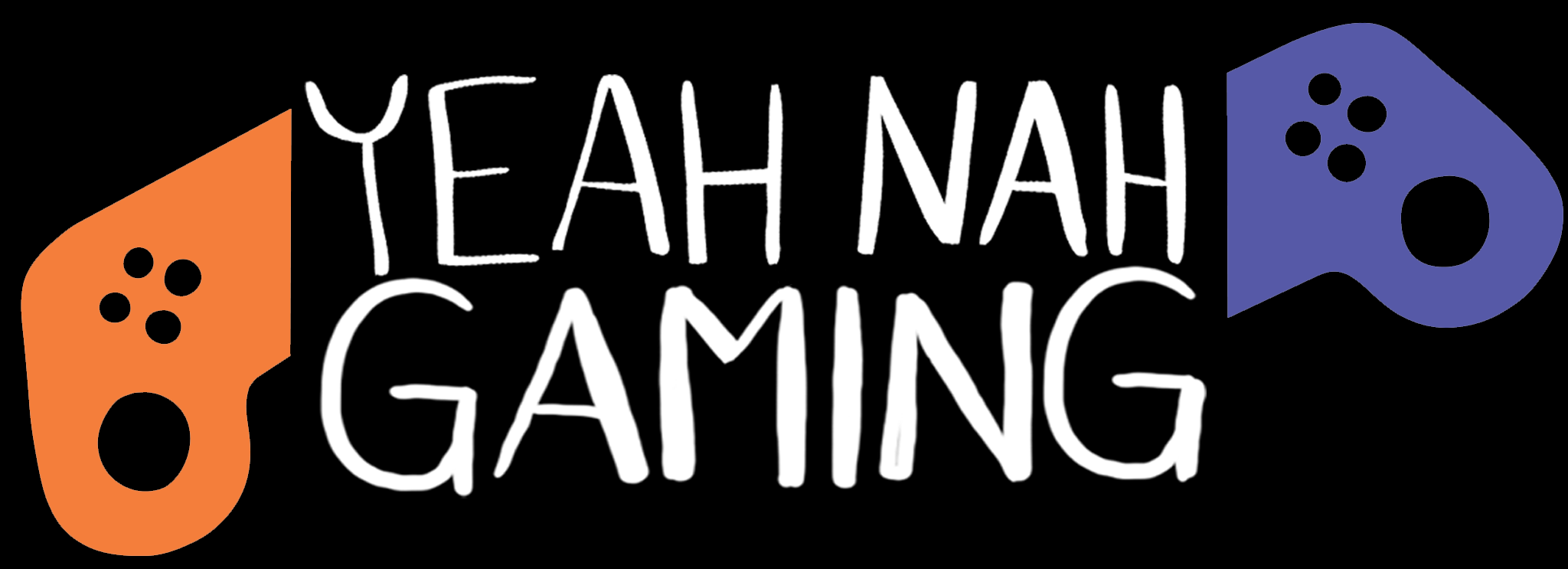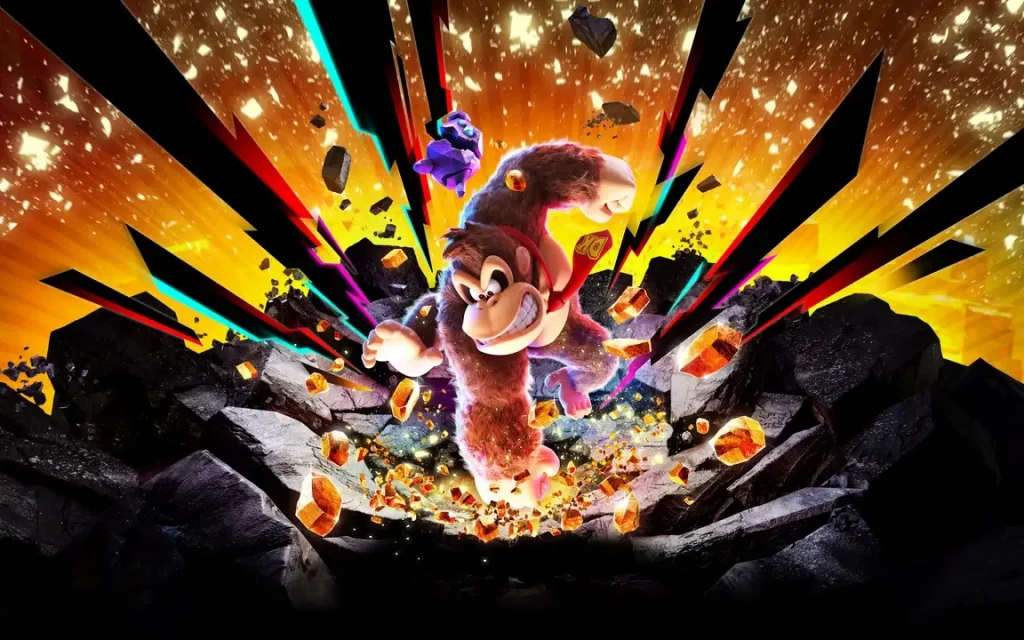Let’s not bury the lede here: Donkey Kong Bananza is a seriously brilliant video game.
It succeeds both as an intricately designed platformer and a literal destruction derby simulator. The latter is emphasised from the very first level. Almost everything in the introductory mine section is destructible, from the gold to the stone and dirt, you can smash through just about everything you see with DK’s bare hands and it’s ridiculously fun.
The flexibility in the destruction mechanics is awe-inspiring. Being able to barrel through trenches of varied terrain, perhaps dig a massive hole in the ground and then explode back up to the surface in a completely different area of the map, that in and of itself can provide an otherworldly sense of joy. The destruction system is so comprehensive that even NPCs can be destroyed, which sounds insane but is completely true. This system is also helped substantially by the accompanying feedback from the Switch 2’s improved HD Rumble, which marries a convincing, thumping vibration with each swing of DK’s fist.
The platforming elements here are also incredible, thanks in large part to the game’s wildly creative level design. While the initial levels, or layers as Donkey Kong Bananza calls them, impress based on their beauty, like the Lagoon Layer being a floating section with lush yellow foliage and misty waterfalls, some later levels focus on amping up the challenge. They accomplish this with a combination of difficult terrain, like slippery ice and poison water, as well as incorporating a surprising amount of verticality into the levels, with multiple mountains and canyons present, instilling a greater sense of depth in those sections.
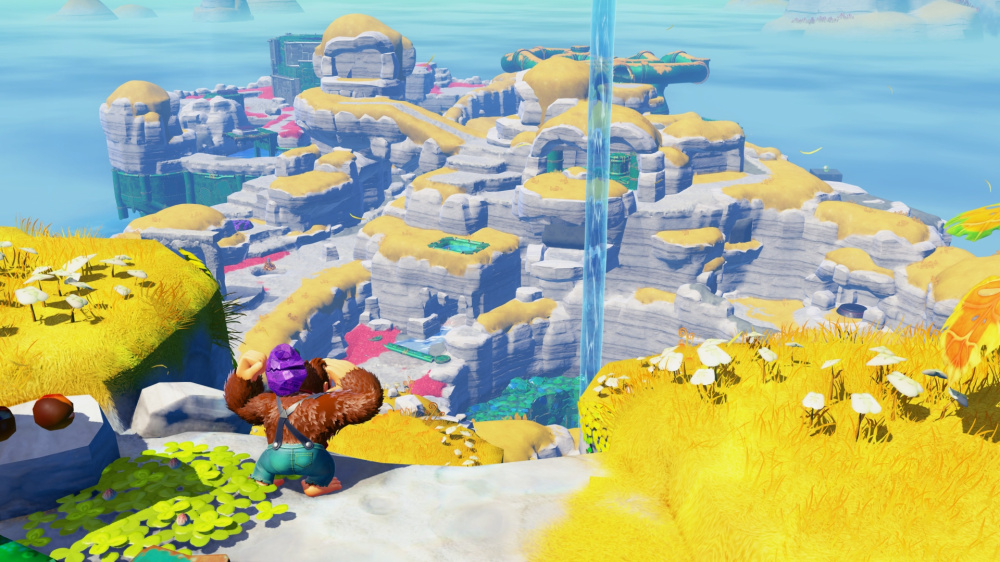
The vertical elements mesh well with DK’s ability to level terrain with his fists, which allows for the creation of diverging routes to avoid climbing or taking a pre-determined path. I appreciated the level and biome diversity quite a bit, as it encouraged me to use the destruction mechanics and DK’s considerable platforming arsenal to progress through levels, including a gnarly ability that lets him rip chunks of the terrain out and use them to surf, like Link’s shield surfing in the recent Zelda games. I also enjoyed the mini challenge courses hidden through the levels, which focus more on pure platforming, as the destruction mechanics are not as prevalent in them. These are creatively designed, with a spinning laser arena and a winding ice path littered with enemies, standing out as great courses early on.
While both the platforming and destruction systems succeed on their own merits, what truly impressed me (and the reason I hold Donkey Kong Bananza in such high regard) is how deeply and successfully they are interlaced. In a platformer, where both the moment-to-moment gameplay and overall difficulty is reliant on the developer’s placement of said platforms, it feels foolhardy to give up so much control to the player with an intricate destruction system. But Nintendo have taken advantage of this, by deliberately building in sections where demolition is required to progress the platforming levels, making it an essential and controlled element of the core gameplay loop.
A great example of this is in the Freezer Layer, where DK must destroy the environment in a specific way to clear the way for an ice cube dispenser. When done right, the cubes roll down to a stream of lava, forming obsidian platforms for him to jump on. But beyond that, bananas, shells and chests are scattered throughout every nook and cranny of the level, so those who simply enjoy smashing up the terrain, without progressing the main path, are also rewarded for their curiosity. This amount of world reactivity to player actions is what sets Bananza apart. These systems are deftly implemented, so they do not cause distracting glitches or bricked levels but remain flexible enough to provide both platforming and destructive thrills. It is truly phenomenal game design.
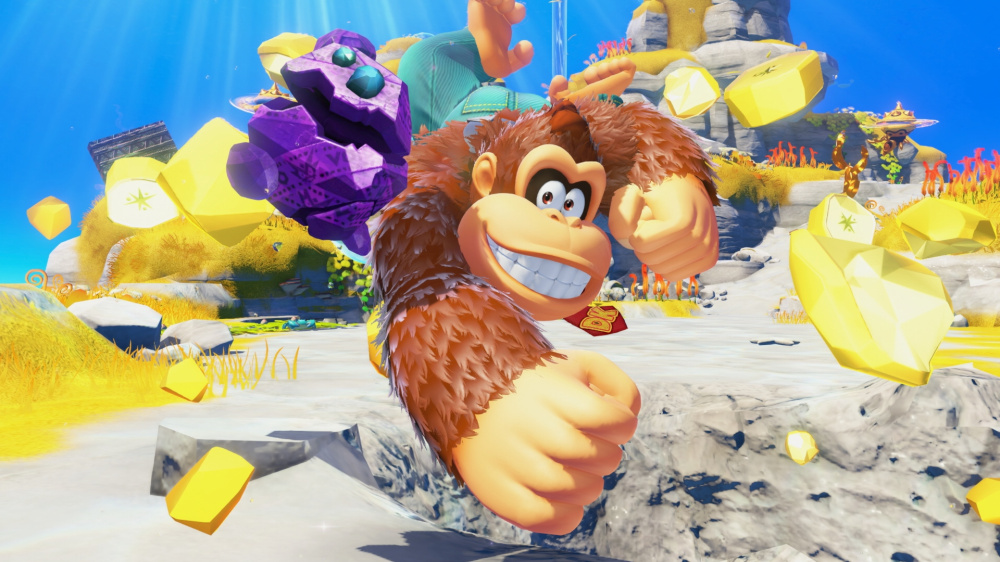
Speaking of phenomenal game design, the Bananza mechanic, which allows DK to transform into other animals, is also extremely well implemented. While the first Bananza, a massive ape, is only useful in combat and for faster demolition, the subsequent transformations are exponentially cooler and allow for more streamlined traversal. The Zebra transformation, for example, allows DK to dash on any surface, which means he can literally run on water and clouds, which is a wild visual and helpful on stages with large pools of liquid. And remember the verticality I mentioned earlier? Using the Ostrich Bananza allows for midair gliding, making it simpler to get around those stages. None of the transformations feel tacked on, as they fulfil unique gameplay purposes, and their use makes an impactful difference in most levels, where exclusively rolling with vanilla DK would make the experience a lot harder, if not impossible.
The Bananzas are activated through singing, specifically from Pauline, who is the game’s secondary protagonist. Pauline hangs onto DK’s shoulder and is a fully voiced character, which is a rare occurrence in Nintendo’s platformers. Thankfully, she is generally likeable and supportive of DK, instead of having some kind of adversarial dynamic with him. Throughout the course of the journey, Pauline gradually comes out of her shell to help DK learn and initiate new transformations. It is an important, wholesome arc for younger players to experience, as it encourages them to embrace their talents, like Pauline’s vocal ability, and do what is required to help those around them. Within gameplay, she is not excessively talkative and refrains from spoiling the solutions to puzzles, which I also appreciated. Cough. Atreus. Cough.
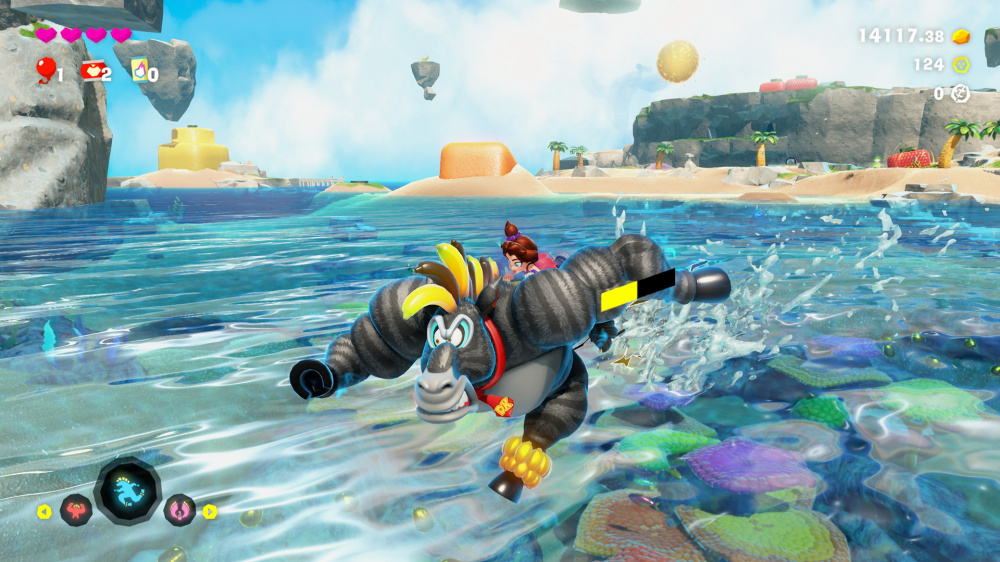
The game performs nicely, providing a smooth 60FPS for the most part, only dipping slightly during select boss fights and instances where there is a lot of destruction on screen, although these performance dips are not distracting and do not tangibly affect general gameplay. Visually, I mentioned the strengths of the art before with the lushness of the Lagoon Layer as an example, but the most noticeable improvement over similar, previous generation Switch games is the complexity of the textures and assets. There is significant detail packed into the surfaces, whether they be the roughness of the rocks, the bubbling of molten lava or even the thick fur on DK’s character model.
The other visual standout is the animation work, which is positively stellar. There are countless stances, facial expressions and subtle movements, accounting for DK’s unique situation at any given time. And as you would expect from a tentpole Nintendo platformer, the movement, whether it’s jumping, running, or punching, is super responsive and smoothly animated, making DK a completely believable and satisfying-to-control character. The enemies and bosses are also wonderfully animated, and there is a ton of variety in this department, with many monsters moving or acting erratically, requiring the player to be on their toes constantly.
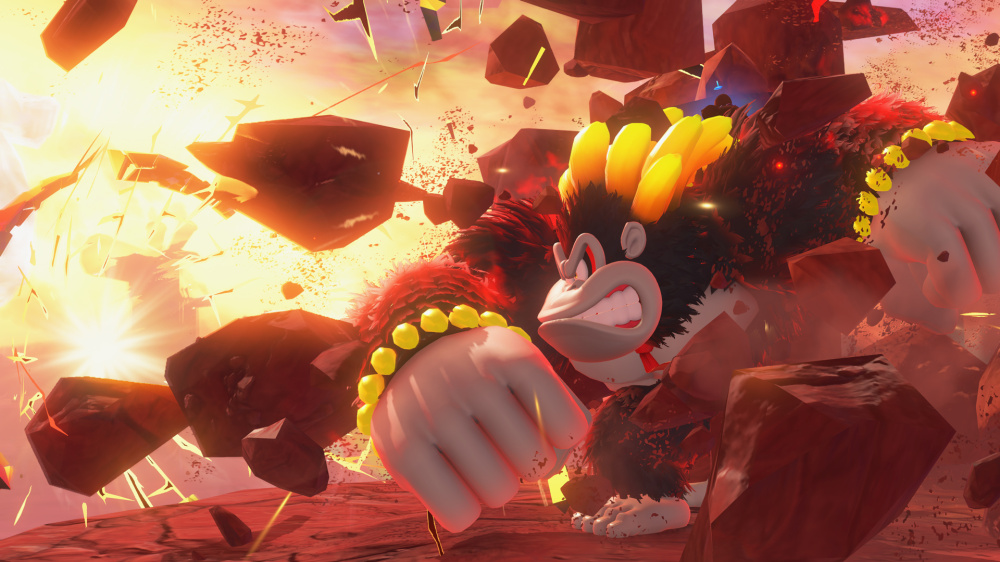
While the combat itself is somewhat simplistic (this is not a Souls-like, believe it or not), I did find it to be more engaging than other Mario games, as DK has some unique abilities like being able to rip out rocks and throw them at enemies, or make use of his various Bananzas to augment his capabilities. The other side of this equation is the enemy design, as their movement and abilities tend to be so unorthodox, like a flying, concrete creature that suddenly crashes down, or monsters covered in thick purple coating that require a specific chain of actions to defeat. The player’s focus is drawn to learning attack patterns, perhaps more than any other 3D platformer. This adds a satisfying skill ceiling to the gameplay loop, which is already stacked with fantastic platforming and destructible environments.
Overall, Donkey Kong Bananza is easily one of my favourite games of the decade. The strong synergy between multiple fully developed gameplay systems, intricate level design, wonderful attention to detail and endless world reactivity is genuinely masterful, and it makes me wonder why we rarely get experiences this compelling. And while I cannot answer that specific question, I am at peace knowing that my kind of video game is being kept alive in some form. Thank you, DK.
Reviewed on Nintendo Switch 2 with a review code provided by the publisher.
Donkey Kong Bananza combines wildly creative level design with an impressive destruction system, impactful transformation mechanics and a wholesome story to craft an engaging, sensational adventure that will persist for generations.
